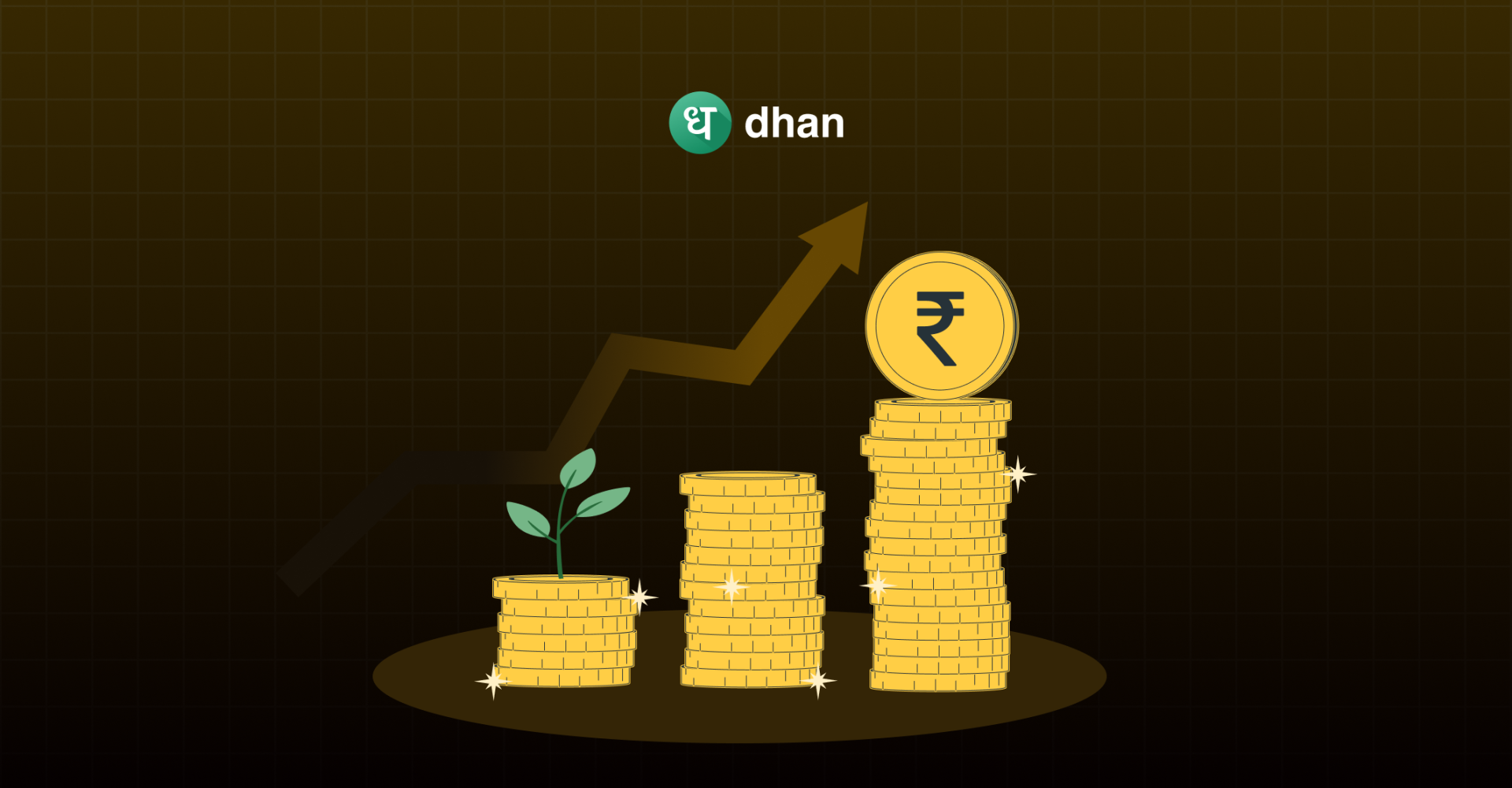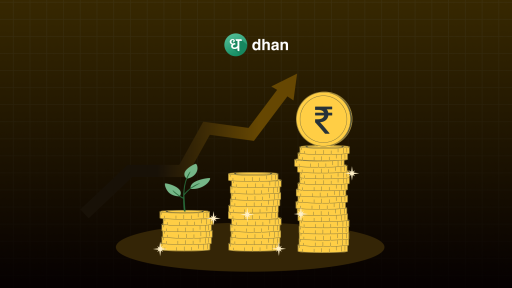When it comes to investing, understanding different fund types can be really helpful. Medium Duration Funds are one such category of mutual funds. These funds invest in assets that typically last between 3 to 5 years. They offer a balanced approach, providing regular income while avoiding the big swings seen in short-term funds.
In this article, we’ll explain what a Medium Duration Fund is, its benefits, the risks you might face, and who should think about investing in it.
What is a Medium Duration Fund?
Medium Duration Funds are a category of debt mutual funds that invest in debt and money market instruments with a Macaulay duration ranging from 3 to 4 years. These funds are suitable for investors looking to achieve financial goals within a few years while benefiting from tax efficiency on long-term capital gains.
The fund manager of a medium-duration fund picks money market instruments and debt securities to match the fund’s goal, ensuring the investment period (Macaulay duration) is between 3 and 4 years.
For instance, Mrs. Singh wants to save money to buy a house in 10 years, while also making sure her child has enough for college in 3.5 years, with steady growth.
For the house purchase in 10 years, she could look at equity mutual funds for higher returns or long-term debt funds, depending on how much risk she’s comfortable with. But for her child’s education, which is a goal 3-4 years away, medium-duration funds are a good choice, offering a balance of moderate returns and safety for an important expense.
Benefits of Investing in Medium-Duration Funds
Now that you know what is a Medium Duration Fund, let’s see its primary advantages:
1. Higher Returns
Medium-duration funds typically provide higher returns than short-duration and liquid funds. This is because they invest in a mix of debt instruments with medium-term maturities, which tend to offer better interest rates.
Additionally, these funds can take advantage of interest rate movements over a medium-term horizon, potentially enhancing returns.
2. Balance Between Risk and Return
Medium Duration Funds balance risk and return by investing in bonds with maturities typically ranging from 3 to 4 years. This means they are not as risky as long-term bonds, which can be more sensitive to changes in interest rates but still offer better returns than short-term bonds.
3. Regular Income Potential
These funds offer the potential for steady income by investing in bonds that pay regular interest. These funds primarily invest in fixed-income instruments like government and corporate bonds, which generate interest income over time. This makes them a good option for investors looking for consistent returns without the high risk associated with stocks.
The interest payments can provide a reliable source of income, especially for those who want to balance growth with stability in their investments.
4. Diversification
These funds invest in a variety of debt instruments, including government securities, corporate bonds, and other fixed-income assets. This mix helps spread risk across different types of investments, making the portfolio less vulnerable to the performance of a single security or sector.
Risks of Investing in Medium-Duration Funds
Investing in medium-duration funds involves specific risks that investors should consider:
1. Interest Rate Risk
Interest rate risk refers to the impact that fluctuations in interest rates can have on the value of bonds within medium-duration funds.
When interest rates rise, existing bonds with lower rates become less attractive, leading to a decline in their prices. This drop can negatively impact the fund’s overall returns.
On the other hand, if interest rates fall, bond prices may increase, benefiting the fund. Investors should be aware of this risk, as it can lead to fluctuations in the fund’s value.
2. Reinvestment Risk
Reinvestment risk occurs when the income or principal repayments from the fund are invested at lower interest rates, which can potentially reduce the overall returns.
This situation can arise when market interest rates decline, leading to a lower yield on the reinvested amounts compared to the original investments.
3. Market Volatility and Economy
Medium-duration funds, while generally safer than equity funds, are still influenced by fluctuations in the market and overall economy.
These fluctuations can impact the returns on the fund, making them less predictable and potentially lower than expected. Investors should be prepared for these variations and consider their risk tolerance before investing in these funds.
Who Should Invest in Medium Duration Funds
Medium-duration funds are suitable for a variety of investors:
- Individuals seeking moderate risk with better returns than traditional fixed deposits may find medium-duration funds appealing.
- Retirees or those looking for regular income can benefit from these funds, as they typically invest in bonds with a medium maturity, providing steady interest income.
- Investors looking to diversify their portfolio can include medium-duration funds to balance equity risk and achieve a more stable return.
- Those with financial goals in the range of 3 to 5 years, such as funding a child’s education or a wedding, may find these funds suitable for their investment horizon.
Conclusion
Medium-duration funds are a suitable option for investors looking for competitive returns than short-term funds. Medium-duration funds help investors diversify their portfolios while also achieving both the benefits of regular income and capital appreciation over time.
Check out the best medium-duration mutual funds on Dhan.
Explore Dhan, and have an incredible investing experience!



